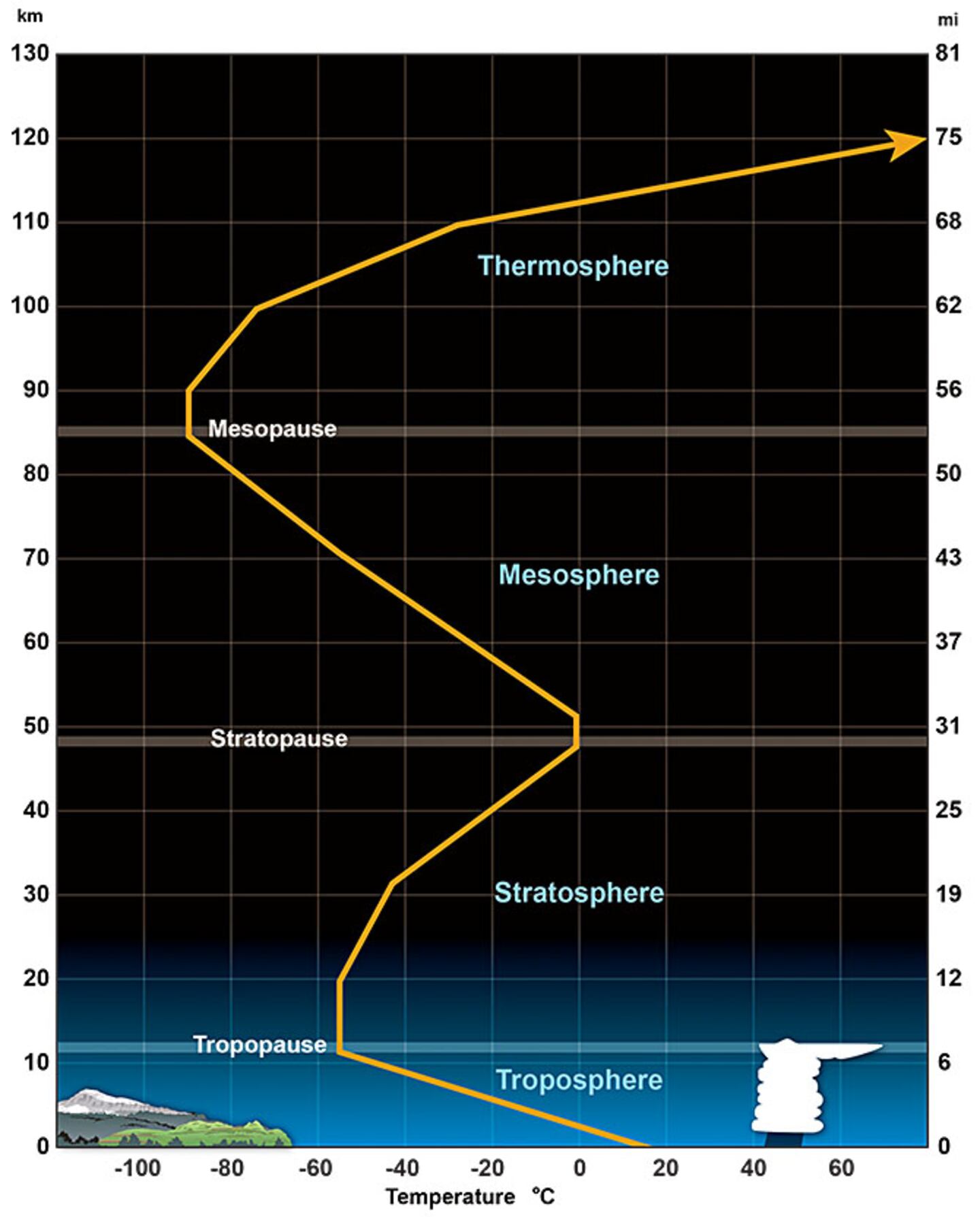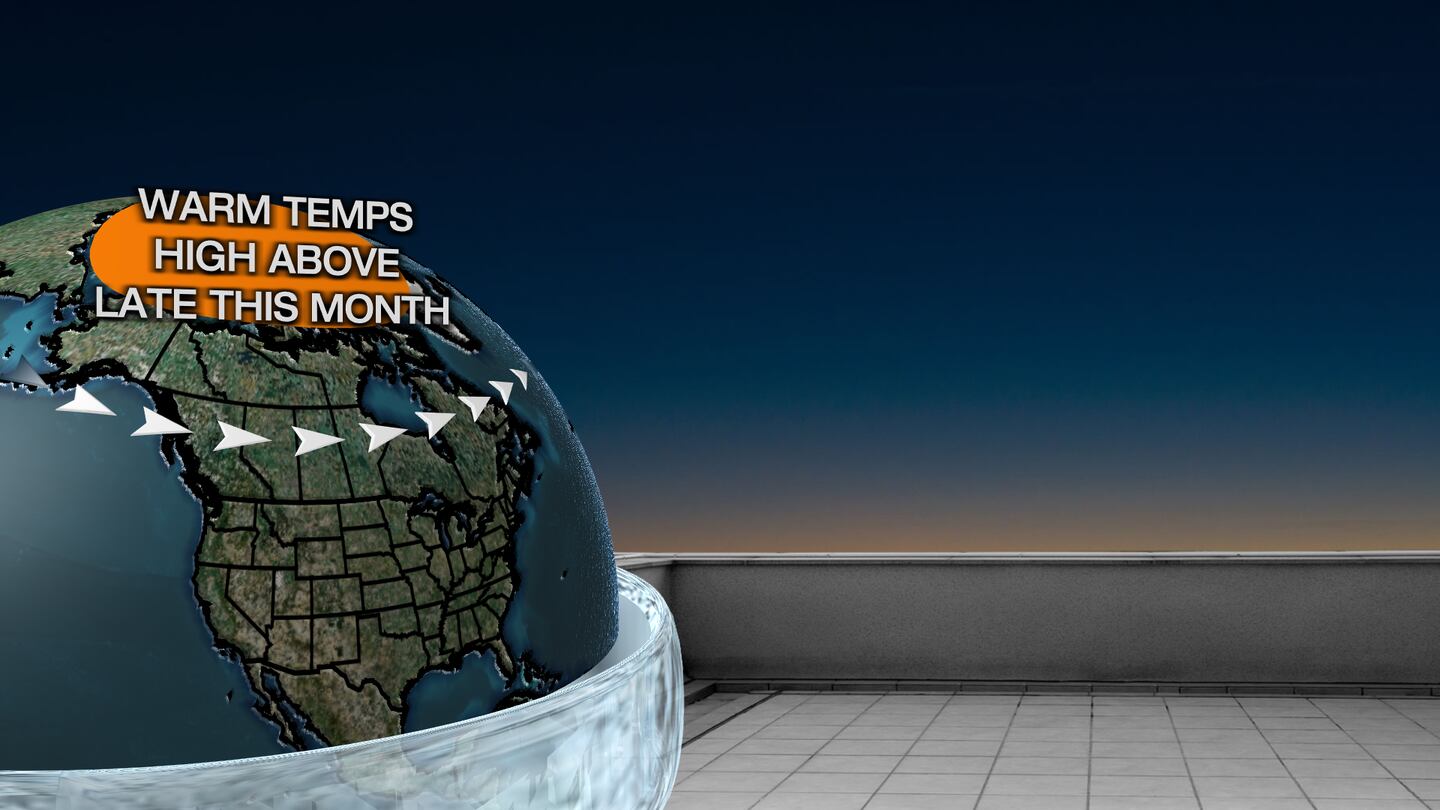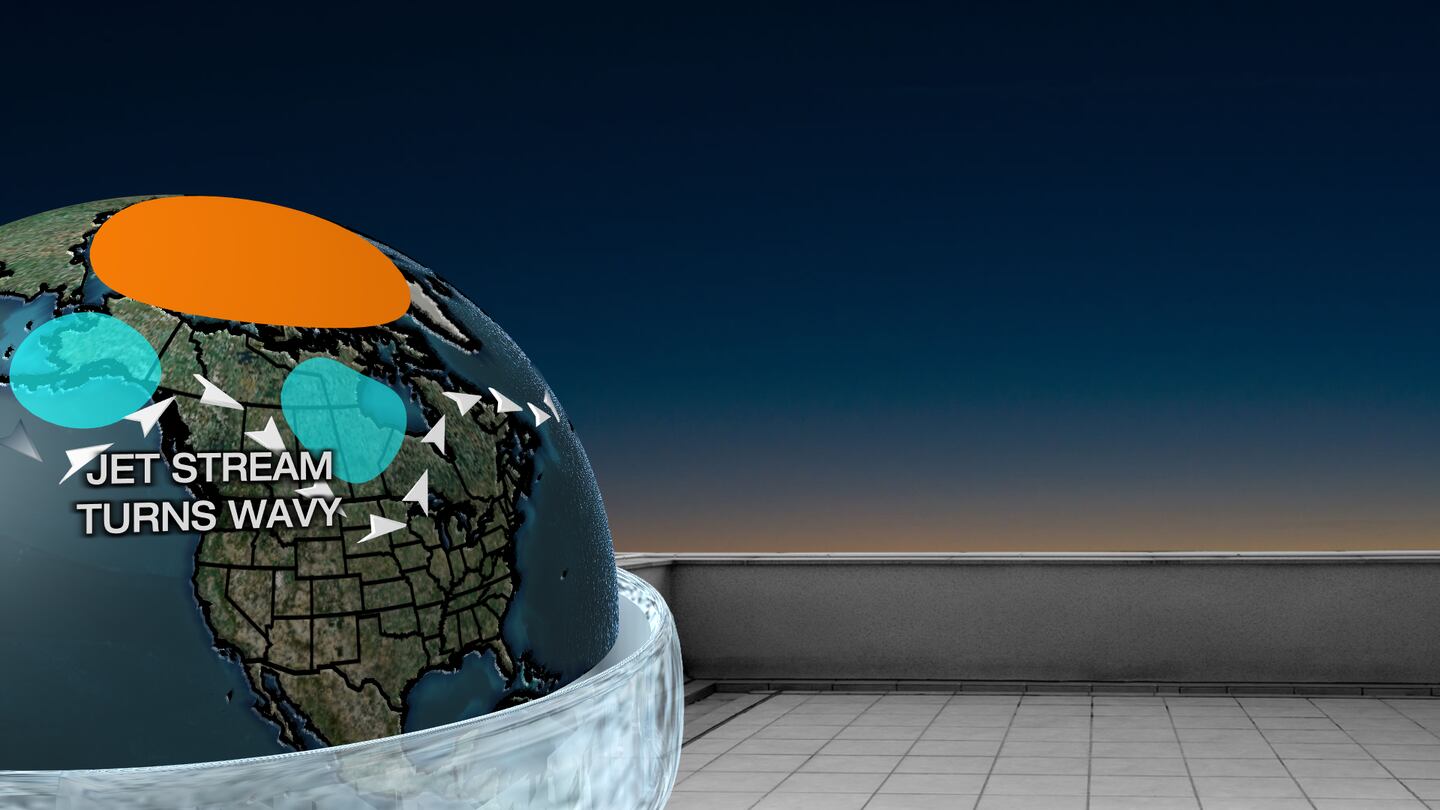DAYTON — Good afternoon, everyone! Meteorologist Nick Dunn here with you to talk about something you may not have heard before. Have you heard or seen the phrase “Sudden Stratospheric Warming” before? It may sound very simple, but there are some interesting outcomes that can happen from these events. If you have not heard of this before, let’s dive into what it is and how it could come into play over the next month or so.
So, to break it down, let’s start with the different layers of the atmosphere! We have the Troposphere, Stratosphere, Mesosphere, and the Thermosphere. The troposphere is where our daily weather happens, including right here at the surface.
Today, we are going to focus on the Stratosphere! This is a layer in the atmosphere that exists from about 9 to 31 miles above the surface. We can analyze temperature, winds, and dewpoint at this altitude using weather balloons and forecast that using model data.
[DOWNLOAD: Free Storm Center 7 Weather app for alerts as news breaks]
In Stratospheric Warming events, we see temperatures warm significantly aloft over the Arctic. This means the cold air stays bottled up north to start. How often do they happen? Data shows these take place on average once every 2 to 3 years.
Aloft in the Arctic, temperatures in the Stratosphere can warm by more than 50 degrees when these events get going. Based on some modeling we are looking at, the potential is increasing for a Sudden Stratospheric Warming event to be well underway by the end of the month. You may think that can not have an effect on surface weather, but it certainly can.
It typically takes some time, generally a month or so, for the effects to filter down into the troposphere. What ends up happening is the polar jet stream can start to turn wavy and allowing cold pockets of air to break down from the arctic. Depending on how much the jet stream gets disrupted, sometimes some very cold air swings down into our neck of the woods. If a system is paired up well, or we have snow on the ground, this can really kick the cold air into overdrive.
[WATCH Storm Center 7 Weather on the following devices]
So, while we do not have any direct changes in terms of extremely cold or snow in our forecast anytime soon, we will be watching the conditions over the Arctic in the Stratosphere over the next several weeks. Some of our coldest stretches of weather over the years have been a result of these Sudden Stratospheric Warming events!









